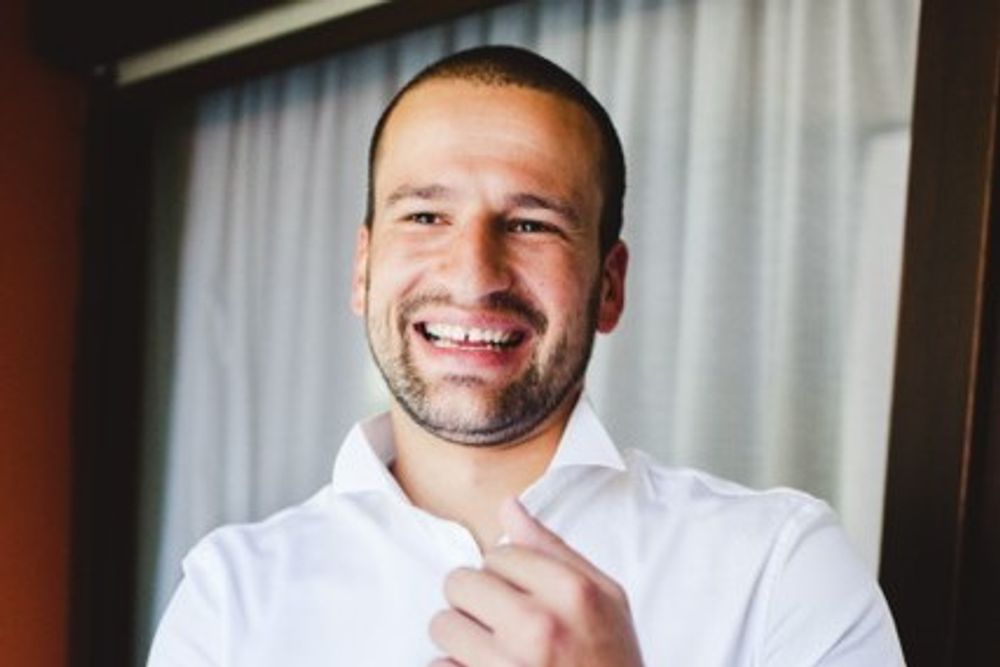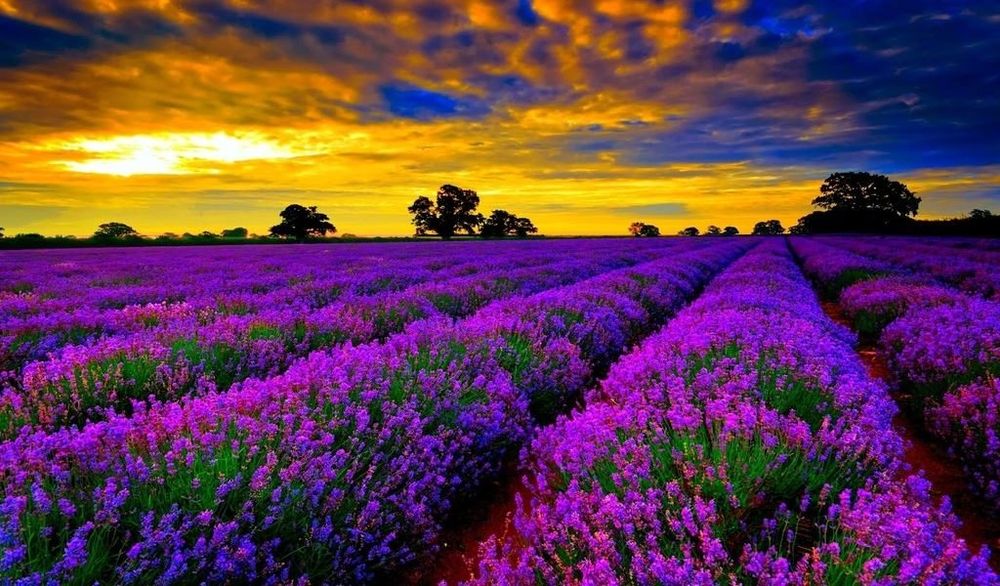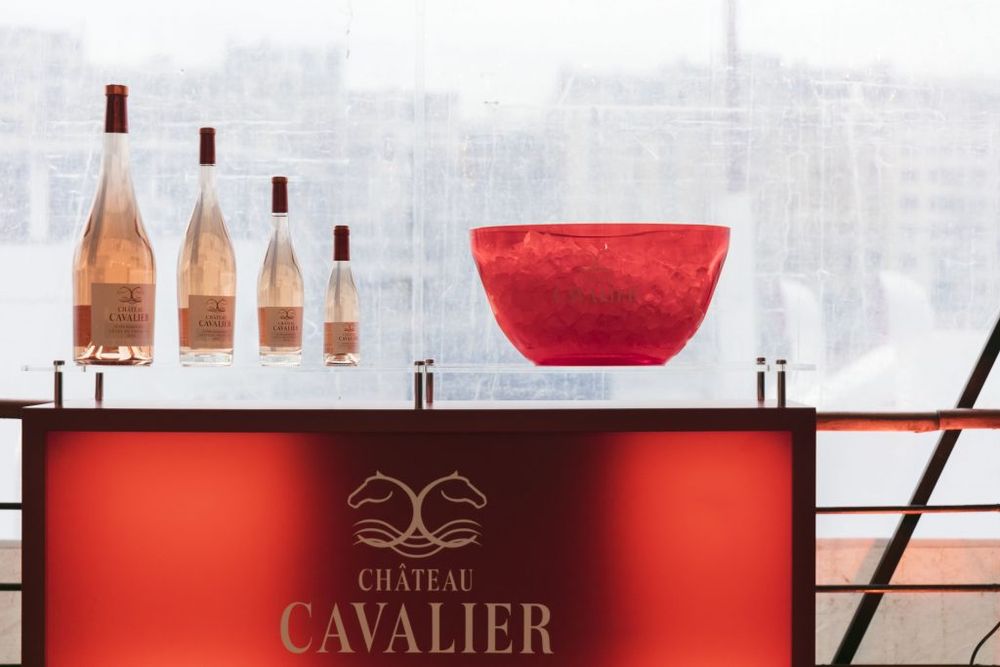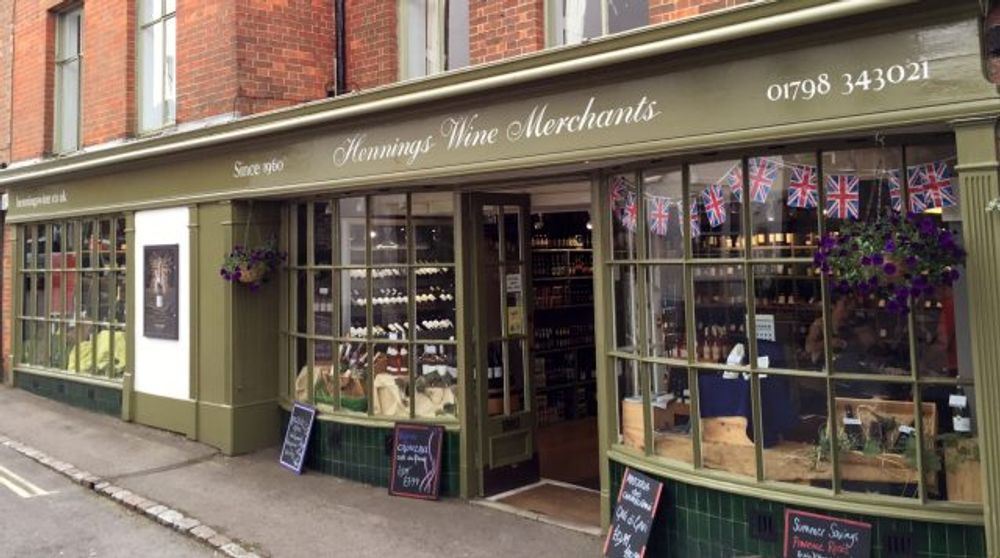In the last of our series with Castel Frères looking at how the rosé category has turned the heads of buyers and consumers this summer, we talk to Guillaume Bonnefoi, Castel’s UK manager, how it has looked to play its part in driving and leading the sector, particularly for Provence and French-style rosé wines.
When did you start your research in to the opportunities in the rosé category?

Guillaume Bonnefoi has been determined to help drive the rosé category with fresh energy and ideas
We started investigating the rosé category a little more than two years ago when we were doing our preparations for our on and off-trade campaigns in 2015 for the France market. This involved analysing store and sales data, doing store visits, carrying out both customer and consumer interviews.
What were you hoping to achieve?

To connect with consumers Castel realised it had to help refresh and capture some of the imagery associated with Provence and rosé
Clearly at this point everybody was looking at the success of Prosecco and how it was unbelievable to see how Veneto and Friuli were successfully revamping the sparkling wine category by using exciting packaging,which consumers were buying in to and falling in love with. So being French we thought could we do the same for the still wine category?
We soon identified the huge opportunity there now was in the on-trade and specialist independent wine merchant sectors. We also found it surprising that nobody was thinking seriously about doing a major category review for rosé. For most of the trade, it was only seen as an “add-on” to themain still wine business, with only one or two rosé listings from right round the world on the average wine list. What was evenmore striking was that there was only one Provence style rosé in retail stores, 75% were either Mateus rosé or Californian.
It was important for us to look differently at the category than our competitors and work harder to ensure we had all the necessary information we needed to convince the regional partner network we have developed that was there a fresh opportunity within rosé.
Much of your new strategy has been around introducing new bottle shapes and formats to the rosé category. How did you go about deciding which sort of bottle designs to go for?
For many years the trade has talked about engaging with millennials and the new generation of wine drinkers without really thinking differently about how to put those words into real action. We realised French wine, in particular, can be too complex for many consumers. So we decided to try and keep things simple in everything we did.
That does not mean dumbing down or focusing in on cheap or entry quality wines. But it does mean stop talking about dusty bottles and vineyards (they are part of the generic awareness of wine anyway) and focus on the lifestyle and the fun that drinking rosé is synonymous with.

In the past when people have thought differently about how to present wine, they have only looked at the wine label. But there is now a real opportunity for individual wineries to create their own bottle shape and style to stand out on shelf and look and feel different as well as incense their perceived value in a specialist wine merchant.
We worked hard to create different bottle shapes which would be constant reminder to consumers that these were all classic Provence wines.
How have you found the right styles of rosé – and bottle designs to go with them?
The hardest challenge in the rosé category is for consumers to see a difference in the various styles of rosé. Their main objective in our view is to find a dry wine style that is pale salmon in colour and has red berry fruit aromas. It is crucial to have a wine with a crisp, refreshing taste.
The next step was to work with our partners so they could trial and experience working with the different bottles in their stores and restaurants. Once they did, the sales usually followed. Our job then was to find ways to introduce more rosés that offer real genuine choice and not just duplication on a list.
Which is why we have looked to create a full range of rosés covering a wide range of profiles, blends and origins. The diversity of terroirs in the South of France is huge and it is exciting to be part of bringing those wines to the market.
But as we have been based in the region for so many years, we are well placed to identify the right styles of wine that will work here. We like to think we are a pioneer in thinking this big about the rosé category. Our objective is now to become the category leader for rosé and take it to the next level.

Castel Freres thought the rosé category needed more theatre if it was to really capture the imagination of consumers
How is the UK market for France and Castel Frères?
Well it is certainly true that because of our history in the UK over the last 10 years we always have to work harder and better than our competition. But we are determined to look forward and find ways to better understand the needs of the UK market, the trade and our potential partners. If we can do that then I think the future looks bright for Castel Frères and French wine.
I have been working in the UK for the last five years and continue to look and find ways to show that French wine is not dead, even if the category is down by 5% every year for the last 10 or even 15 years. The fact we are not as established in the UK as perhaps we would like actually puts us a better footing now.
We like to take a genuine category position and try to build growth and opportunities across several French regions. By sharing our approach and research with UK buyers we have been able to encourage them to try new wines, with limited risks, and seen great sales as a result.
Today our partners are trusting us with their French portfolio and we like to think we have the organisation, the support, the vineyards, producers and wines to provide them with high quality wines backed up by comprehensive supply chain. Those partners are trade leaders in their regions and we are really proud to work with them.
How effective has the rosé campaign been so far?
The idea of the campaign was to be able to push the rosé category through the trade by covering every point of contact. Be it at the London Wine Fair, International Wine Challenge, SITT tasting, hosting round tables, offering training, and buyer trips to France, providing online content and support with banners and advertising in trade press publications.
In terms of sales and push through to consumers then Chateau Cavalier, the estate owned by the Castel family in Provence, and Maison Castel Provence, aimed at the specialist retail and convenience sectors, have been very successful. As has Masfleurey, the specialist rosé brand for restaurants and bars which has really helped drive growth across the category.
What is particularly pleasing to see is that total rosé sales are booming with a range of wine across all price points which has to be good for the future health of the category.
Channel management has been a very important part of your UK strategy?

Hennings Wine is one of the strong regional independent merchants and wholesalers that Castel has been able to build relationships with
Absolutely. It has been at the centre of our vision for the UK market. We have working on this strategy since 2012 when we first signed up to the Best Practice Guidelines covering how suppliers should work with independents. We were one of the first large producers to do so when many of the UK based operators were saying such an initiative was impossible. But it is vital to how we have developed and managed our portfolio sense. From how we have split our range and formats so that we have different packaging, blends, and price points to answer all our partners’ requests.
- You can read other articles in the rosé series with Castel Frères by clicking here and in the Read More section below.































